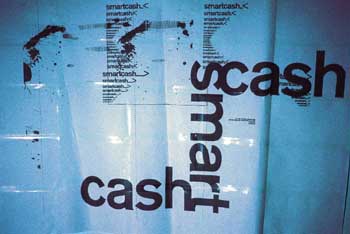| |
|
| |
|
| About Us |
|
| |
|
| |
Home |
| |
Company |
| |
Profile |
| |
News/Events |
| |
Our Clients |
| |
Careers |
| Services |
|
| |
|
| |
Our Services |
| |
Positioning |
| |
Formulation |
| |
Implementation |
| |
Investment |
| |
Principles |
| China Market |
|
| |
|
| |
China Market |
| |
Geography |
| |
Economy |
| |
Finance |
| |
Society |
| |
Politics |
| Publications |
|
| |
|
| |
Presentations |
| |
White Papers |
| Contact Us |
|
| |
|
| |
Contact Us |
| |
Sitemap |
BG Strategy
Copyright © 2001-2010
All Rights Reserved
info@bgstrategy.com
|
||||||||||||
| |
||||||||||||
|
||||||||||||
MAKING A WORLD OF DIFFERENCE FOR YOUR BUSINESS
| Home | Company | Profile | News/Events | Our Clients | Careers | Our Services | Positioning | Formulation | Implementation | Investment | Principles | China Market | Geography | Economy | Finance | Society | Politics | Presentations | White Papers | Contact Us |


